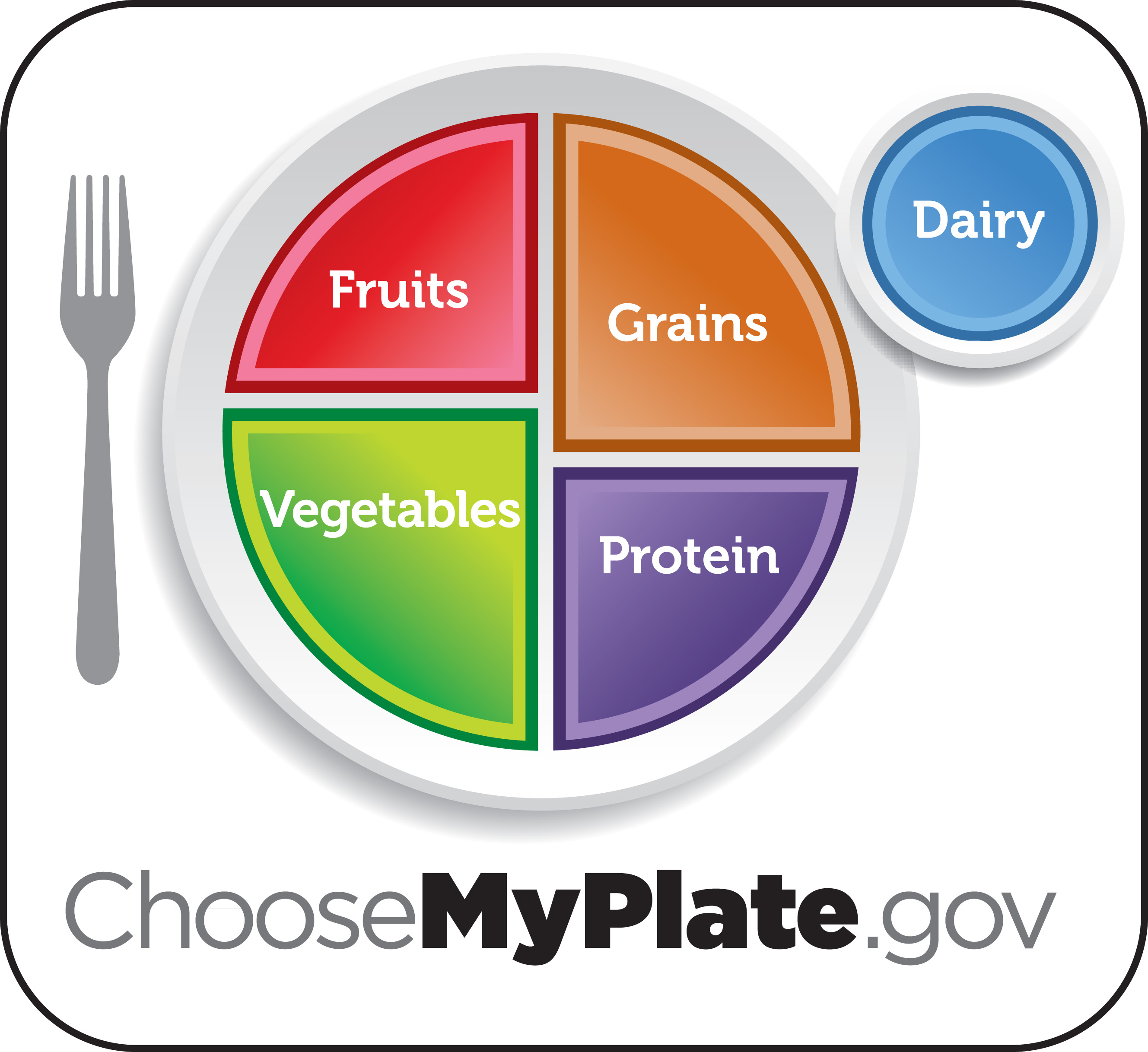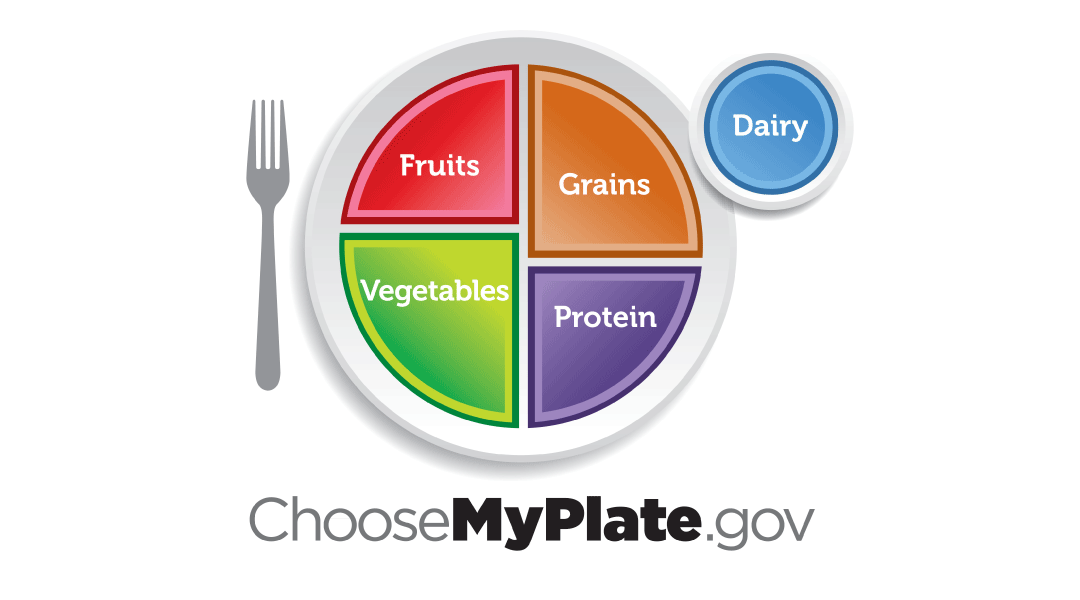 When you choose healthier foods, your body performs better. Healthy eating means plenty of fruits and vegetables, whole grains, and moderate amounts of low-fat dairy. Include nuts, lentils or other legumes, lean meat, fish, poultry, and healthy fats, such as olive oil, nuts, seeds, and avocado. Limit sugar, refined grains, salt, and saturated and trans-fats.
When you choose healthier foods, your body performs better. Healthy eating means plenty of fruits and vegetables, whole grains, and moderate amounts of low-fat dairy. Include nuts, lentils or other legumes, lean meat, fish, poultry, and healthy fats, such as olive oil, nuts, seeds, and avocado. Limit sugar, refined grains, salt, and saturated and trans-fats.
Here are some tips to upgrade your fuel from regular to premium:
Follow the “plate method.” Fill half your plate with non-starchy vegetables, one-quarter with whole grains or starchy vegetables, and one-quarter with lean protein. This will provide you with a balance of nutrients that keeps you feeling satisfied.
Focus on vegetables and fruits. Aim for at least 2½ cups of vegetables (not potatoes), and 1–2 cups of fruit (the whole fruit, not juice) every day. These foods are rich in vitamins, minerals, and fiber and add color, flavor, and texture to your meals.
Go whole grain. Swap refined grains with whole foods, like brown rice, quinoa, barley, oats, and whole wheat. Whole grains have more fiber, vitamins, and minerals, especially magnesium. Magnesium seems to be depleted in individuals with chronic stress—which is probably most of us.
Choose healthy fat. If you want to lose weight, higher fat intake will make weight loss difficult, so moderation is key. Healthy fats include nuts, seeds, olives, fish, and plant oils. Cook with oil instead of butter, use peanut butter rather than butter as a spread, replace cheese with avocado, or eat a handful of nuts and some fruit for a snack.
Limit sugar. Sugar leads to a temporary high and then sends you on a blood-sugar roller coaster. Sugar also increases brain chemicals that slow you down. Rather than a doughnut or cookie, choose nutrient-packed, time-released carbs, such as whole grains, fresh fruits, vegetables, or low-fat granola. Combine it with a small serving of protein, such as low-fat cheese, nuts, Greek style yogurt, or cottage cheese to optimize energy.
Watch the sodium (salt). By preparing meals at home and eating fewer processed foods, you can reduce your sodium intake. Read labels and aim for no more than 500 mg of sodium at each of your three meals. Baked goods are often high in sodium. Swap out a cookie or muffin for some fresh fruit and unsalted nuts, and you’ll decrease your sodium while increasing your potassium—a win-win for your heart.
[thrive_leads id=’406′]

